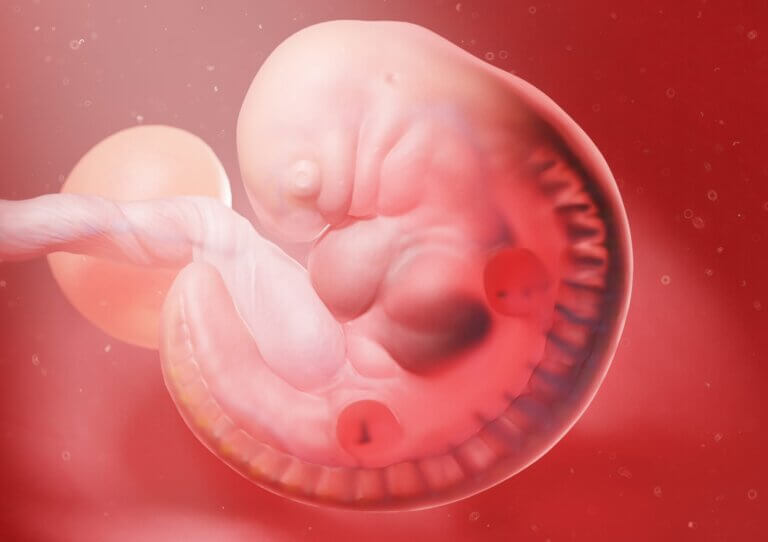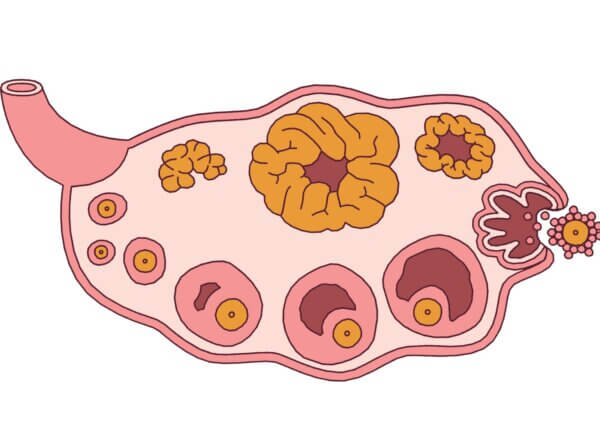
Introduction to Human Reproduction (Class 12 NCERT Biology)
The Human Reproduction chapter in Class 12 NCERT Biology is a critical unit for both CBSE board exams and the NEET Biology syllabus. This chapter explains the structure and function of the human reproductive system, processes like gametogenesis, fertilization, menstrual cycle, implantation, pregnancy, and parturition. Mastery of this chapter is essential for scoring well in exams and understanding the fundamentals of reproductive health.
Male Reproductive System
The male reproductive system consists of:
- A pair of testes
- Accessory ducts (rete testis, vasa efferentia, epididymis, vas deferens)
- Glands (seminal vesicles, prostate, bulbourethral glands)
- External genitalia (penis and scrotum)
Testes:
Located in the scrotum, the testes maintain a temperature 2–2.5°C lower than body temperature, essential for spermatogenesis. Internally, the seminiferous tubules contain:
- Spermatogenic cells: Undergo meiosis to form sperms
- Sertoli cells: Provide nourishment to developing sperms
- Leydig cells: Located in interstitial spaces; secrete testosterone, the male sex hormone.
Accessory Glands and Ducts:
- Seminal vesicles: Secrete fructose-rich fluid, nourishing sperms.
- Prostate gland: Adds alkaline secretion to neutralize vaginal acidity.
- Bulbourethral glands: Secrete mucus that lubricates the urethra.
Female Reproductive System
The female reproductive system includes:
- A pair of ovaries
- Fallopian tubes (oviducts)
- Uterus
- Cervix and vagina
- External genitalia (vulva)
- Mammary glands
Ovaries:
The ovaries produce ova (eggs) and secrete hormones like estrogen and progesterone. Each ovary contains multiple follicles in different developmental stages. Ovulation typically releases one mature ovum per cycle.
Fallopian Tubes:
Divided into infundibulum, ampulla, and isthmus:
- Infundibulum: Funnel-shaped with fimbriae to collect the ovum.
- Ampulla: Site of fertilization.
- Isthmus: Connects to uterus.
Uterus and Vagina:
- The uterus is pear-shaped, with thick myometrium and glandular endometrium (site of implantation).
- Cervix connects uterus to vagina, the passage for menstrual flow and childbirth.
Gametogenesis
Spermatogenesis (in males):
- Begins at puberty under the control of FSH, LH, and testosterone.
- Spermatogonia (diploid) undergo mitosis, meiosis I and II, followed by spermiogenesis to form haploid sperms.
- Mature sperms have a head (with acrosome), midpiece (with mitochondria), and tail.
Oogenesis (in females):
- Begins during fetal development.
- Primary oocytes remain arrested in prophase I until puberty.
- After puberty, one ovum completes meiosis I during each cycle and is released at ovulation.
- Meiosis II completes only after fertilization.
